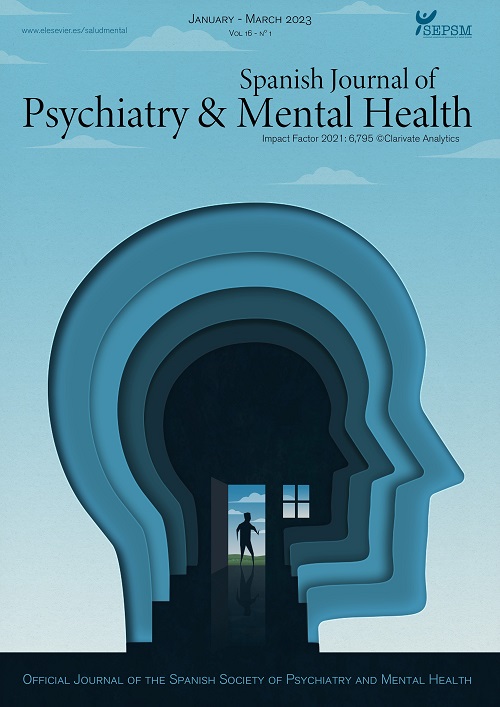Two letters have recently been published1,2 about the article we prepared and had published in your journal.3 We would like to clarify a series of aspects in reference to this.
The first thing we wish to state is that the discrepancies found do not indicate that the suicides diagnosed in the Institutes of Legal Medicine (IMLs), the agencies responsible for conducting autopsies in Spain, are not reliable; in no way at all do we call their work into question. The data management at the different IMLs is another matter entirely. We recognise the professionalism of forensic medical examiners and understand the medical difficulties involved in reaching a diagnosis, especially in Spain, where there is no provision for registering the cause of death as undetermined. What we do wish to emphasise is that the difficulty in establishing the magnitude of the suicide problem should be the challenge involved in suicide diagnosis itself, as Farmer4 indicated, and in which preference is given to greater specificity despite sacrificing some sensitivity. It turns out that, added to the intrinsic difficulty of diagnosing, there are problems of bureaucracy, communication and management.
Both letters1,2 mention several options, not mutually exclusive, to explain this discrepancy. Firstly, the authors point out the time that elapses between the initial part of the process (complexity in documents and circuits, first autopsy results, recording the death in the civil registry and formalising statistical documentation) and the final part, with the definitive autopsy report. There are cases in which the etiological diagnosis only becomes definitive when the forensic medical examiner declares it. Consequently, we believe that having two-way communication between the IMLs and the Spanish statistical office (Instituto Nacional de Estadística [INE]) is essential so that these cases (and even others in which the aetiology of demise has been modified) are not registered definitively and can be modified at the petition of the forensic medical examiner. This process would not involve a delay in access to the data that the INE offers, as the institute presents them after a period of 2 years.5 This error is noted and accepted in the section on limitations, where it is stated “that the greater figures per province and year are of existing cases”.
Secondly, it is noted that the INE information on mortality is gathered based on the deceased's place of residence. In this respect, we should point out that the INE offers the option of obtaining suicide figures by province of demise (options 8.4, 8.5 and 8.6),5 which was the alternative used for the original article. In addition to this, it is commented that including non-residents can change the suicide rate calculated. However, the suicide rates published by the INE5 and official agencies in countries in our setting (such as the United Kingdom6), as well as in Spanish7 and foreign8 epidemiological studies, include non-resident suicides in the numerator. It makes sense to want to identify the problem in a specific place, as occurs with traffic accidents.
The study that the authors mention–about changes in the definitive cause of death from the cause initially indicated9–confirms that the statistical bulletin of deaths involving court action needs to be completed by the forensic examiner that prepares the autopsy report. This is exactly what we indicated as a possible solution, given that the forensic medical examiner is the one who has “the necessary capacity and expertise about everything that has taken place in the death of a person” and it would be transmitted “from the origin (IML) to the INE, either through the Magistrates court or directly”.
Ultimately, the objective of the article was to make it clear that the official INE figures understate the true suicide figure and that it is these figures that are normally used to verify the extent of the problem. Theoretically, the number of suicides obtained by the INE should be identical to that of the IMLs because in both cases the data is the suicides that occurred in a province and were reported after sufficient time for communicating the instances definitively. In every year in the period studied (2006–2010), a larger number of cases were seen in the IML data than in those of the INE (specifically: 233, 410, 349, 245 and 445 cases). However, contrary to expectations, the larger IML figure was not in all cases and the differences were sizeable in many provinces. An effort was consequently made to explain this situation and to include data that might be more reliable. We understand that the first explanation, that deaths without the definitive report were recorded, could sometimes be the cause. However, we believe that the management of the data (not in any way the forensic examiners’ identification) can also play an important role; this is because, in spite of having requested the figures for the period studied from all of them, some could not provide these data because they did not have the figures.
Please cite this article as: Giner L, Guija JA. Necesidad de mejora en la gestión estadística y proceso de comunicación de los casos de suicidio identificados. Rev Psiquiatr Salud Ment (Barc.). 2015;8:250–251.





